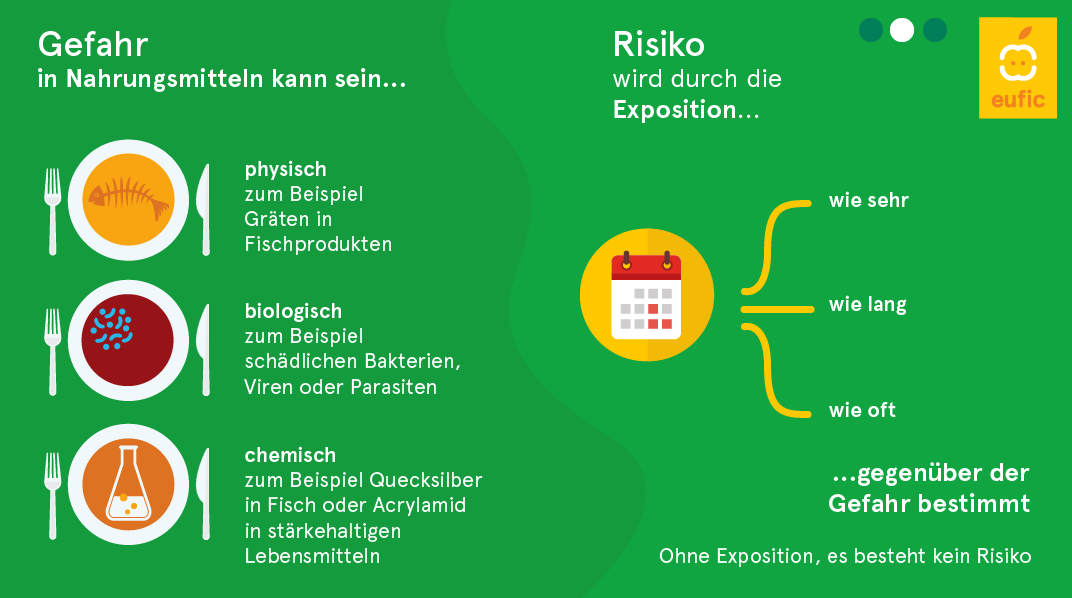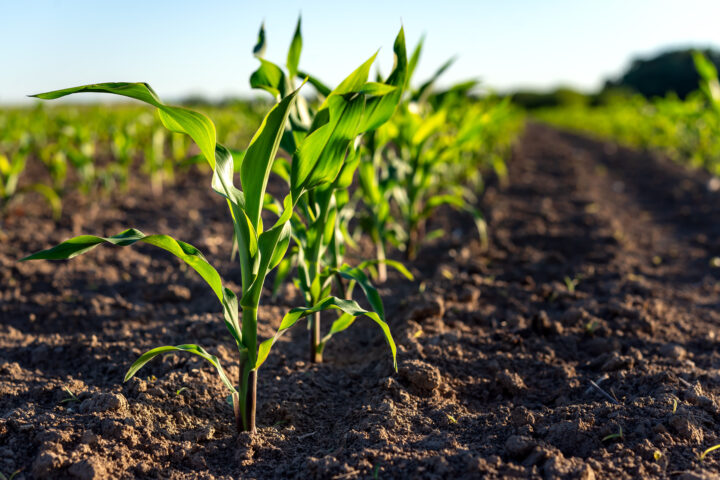
Difference between risk and danger
Danger and risk are often confused in the discussion surrounding pesticides. Sometimes the two terms are even used synonymously. That is as incorrect as it is negligent, because dangerous substances do not always present a high risk. By the same token, substances that are not considered to be dangerous can indeed pose a risk. Danger and risk are therefore not identical.
Monday, November 9, 2020
Quick facts:
- Risk and danger are often used synonymously.
- Yet the two terms differ in meaning.
- That is crucial to remember in the debate surrounding new technologies.
People tend to completely misjudge risks. Travel is probably the most common example: Many consider air travel far riskier than traveling by car, even though everyone knows that the statistics tell a different story, and every car trip is far more dangerous than flying.
Risk depends on many factors
Back to pesticides: Depending on the product, pesticides can be dangerous, but that is by no means an indication that they pose a high risk. Risk is dependent on many factors, such as how much pesticide is used and for how long, or whether it comes into contact with the environment, and to what extent. Risk is also determined by external factors, such as air humidity or temperature.

The pesticide user has some control over most of these factors. And pesticide use changes depending on these external factors. Many particularly restrictive regulations are, of course, in force in Switzerland to minimize risk. In other words: When used carefully, pesticides pose a low risk to humans and the environment. Or as Paracelsus put it: The dose makes the poison.
Good to Know
‘Danger’ refers to the possibility that an event, object, or substance may cause harm. Thus, an uneven road poses a danger. ‘Risk’ refers to the likelihood that the danger will result in harm. So, for example, a motorcyclist driving on an uneven road risks having an accident. The degree of risk, however, depends on the light conditions, weather, or driving style.
Related articles

‘No genetic engineering’ is simply not an option!
For years, politicians and environmental organisations have been stirring up unnecessary fears about a technology that has been helping to conserve resources and protect the environment for decades, while improving the quality and tolerability of food and cosmetics. It is time to put an end to this consumer deception.

«The protection of cultures is no longer guaranteed»
Swiss agriculture is in a tight spot when it comes to crop protection. At the Swiss-Food Talk on July 1, 2025, three producer representatives described how bans, the lack of alternatives, and lengthy approval procedures are putting pressure on their crops.

Chasing Misinformation Feels Like Herding Cats
Science fiction has a way of masquerading as science fact — until someone like me comes with a bucket of cold, hard evidence. But let’s be real: debunking nonsense takes exponentially more effort than producing it. Jonathan Swift knew it in 1710, and here I am, centuries later, still speaking my truth before the next viral misinformation dumpster fire.

Climate protection must not jeopardise food security
Agriculture is increasingly under pressure to become climate-neutral. But how can this be achieved without jeopardising food security? In the agricultural policy podcast, Hannah von Ballmoos-Hofer, head of the energy division at the Swiss Farmers' Union, emphasises that climate protection is important, but must not come at the expense of food security.

